Hongyi Su
GACAN: Graph Attention-Convolution-Attention Networks for Traffic Forecasting Based on Multi-granularity Time Series
Oct 27, 2021
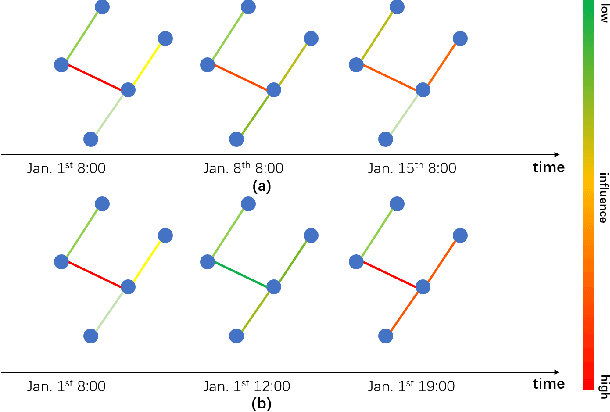

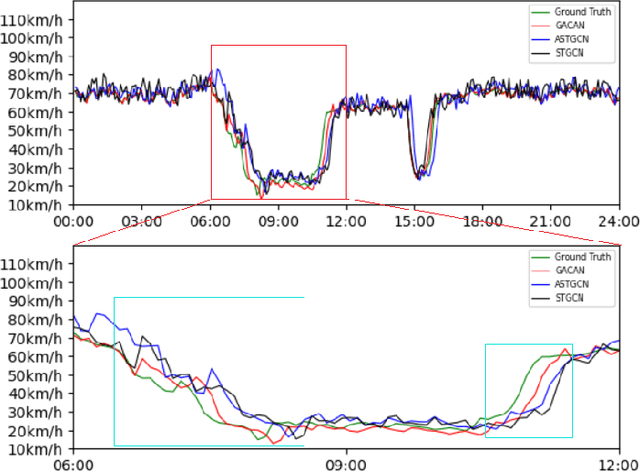
Abstract:Traffic forecasting is an integral part of intelligent transportation systems (ITS). Achieving a high prediction accuracy is a challenging task due to a high level of dynamics and complex spatial-temporal dependency of road networks. For this task, we propose Graph Attention-Convolution-Attention Networks (GACAN). The model uses a novel Att-Conv-Att (ACA) block which contains two graph attention layers and one spectral-based GCN layer sandwiched in between. The graph attention layers are meant to capture temporal features while the spectral-based GCN layer is meant to capture spatial features. The main novelty of the model is the integration of time series of four different time granularities: the original time series, together with hourly, daily, and weekly time series. Unlike previous work that used multi-granularity time series by handling every time series separately, GACAN combines the outcome of processing all time series after each graph attention layer. Thus, the effects of different time granularities are integrated throughout the model. We perform a series of experiments on three real-world datasets. The experimental results verify the advantage of using multi-granularity time series and that the proposed GACAN model outperforms the state-of-the-art baselines.
* This paper has been published in the IJCNN 2021 (https://ieeexplore.ieee.org/document/9534064/)
From the Periphery to the Center: Information Brokerage in an Evolving Network
May 02, 2018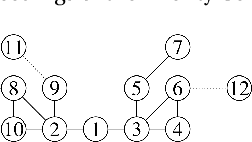
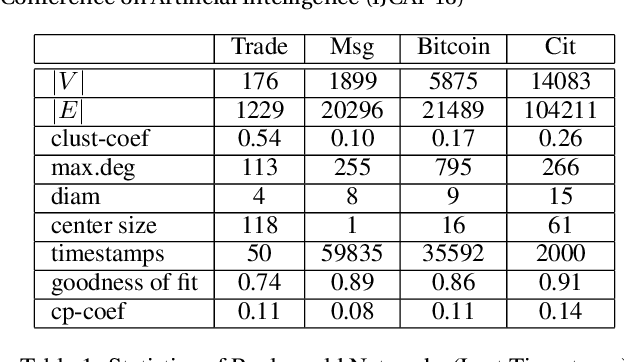

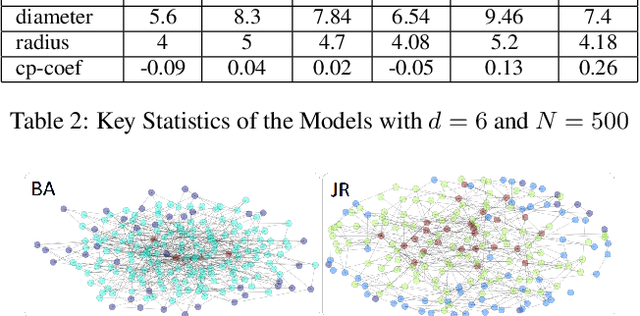
Abstract:Interpersonal ties are pivotal to individual efficacy, status and performance in an agent society. This paper explores three important and interrelated themes in social network theory: the center/periphery partition of the network; network dynamics; and social integration of newcomers. We tackle the question: How would a newcomer harness information brokerage to integrate into a dynamic network going from periphery to center? We model integration as the interplay between the newcomer and the dynamics network and capture information brokerage using a process of relationship building. We analyze theoretical guarantees for the newcomer to reach the center through tactics; proving that a winning tactic always exists for certain types of network dynamics. We then propose three tactics and show their superior performance over alternative methods on four real-world datasets and four network models. In general, our tactics place the newcomer to the center by adding very few new edges on dynamic networks with approximately 14000 nodes.
 Add to Chrome
Add to Chrome Add to Firefox
Add to Firefox Add to Edge
Add to Edge